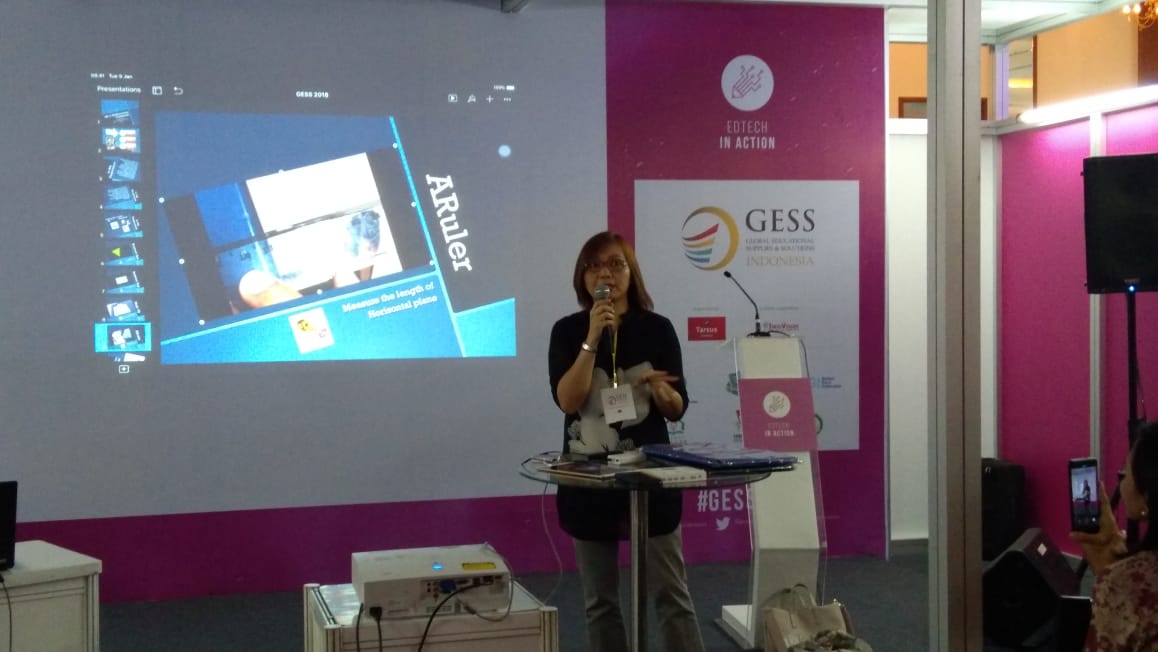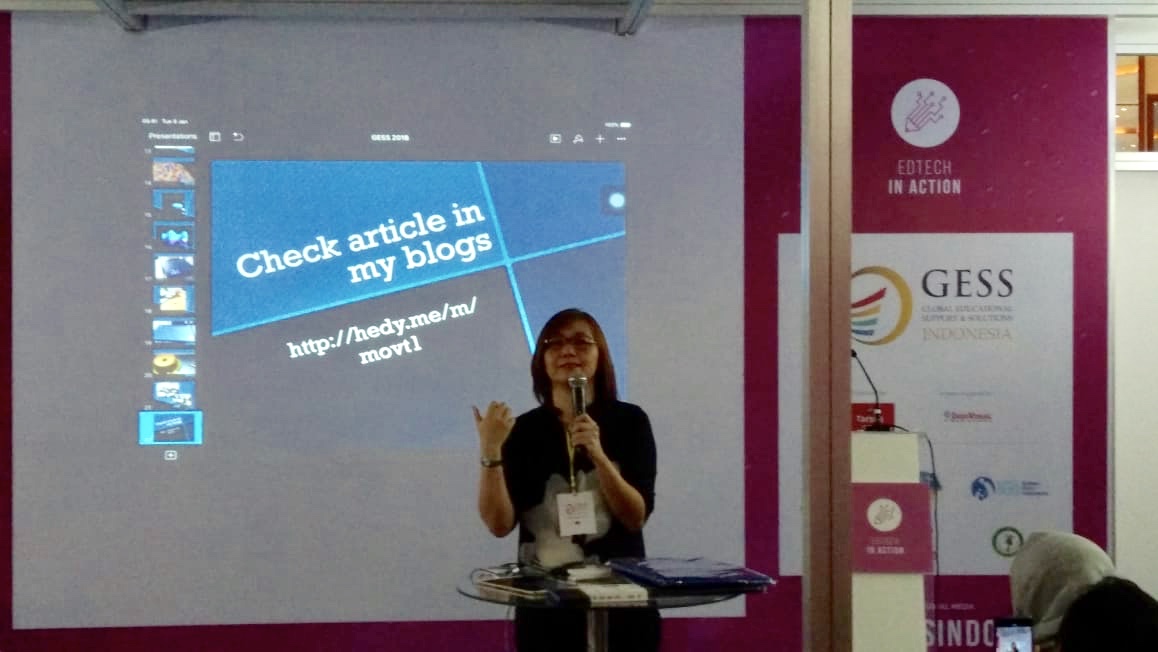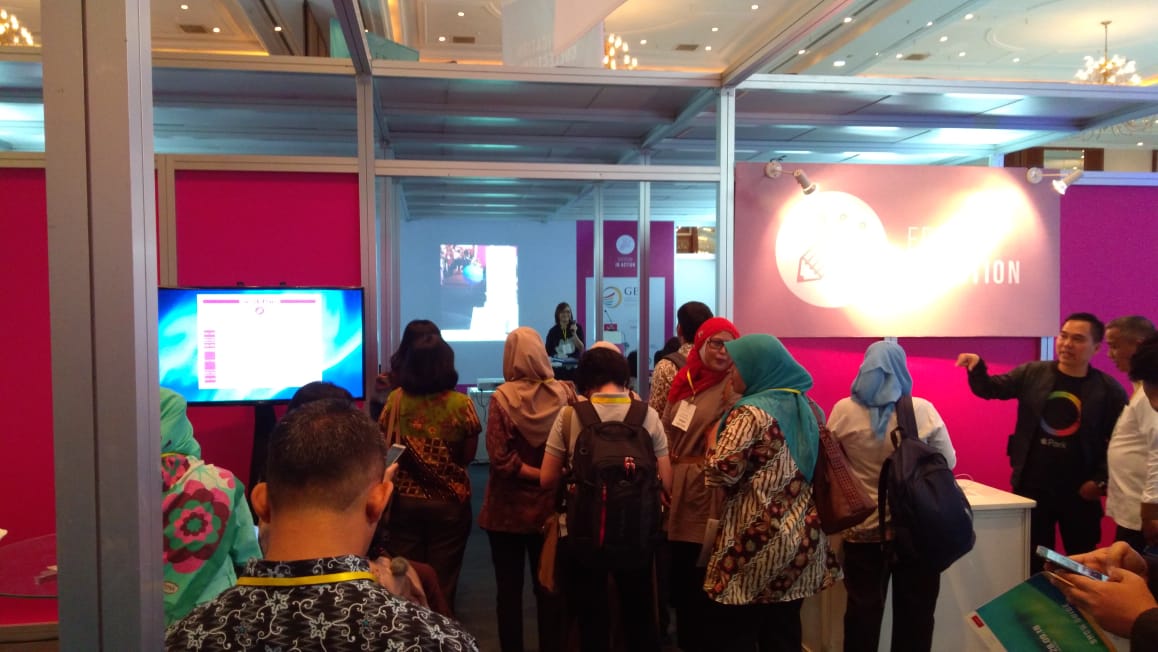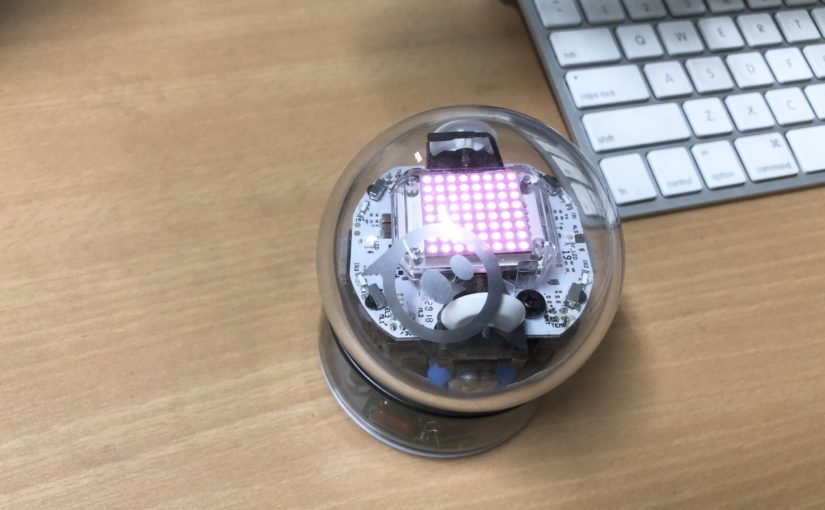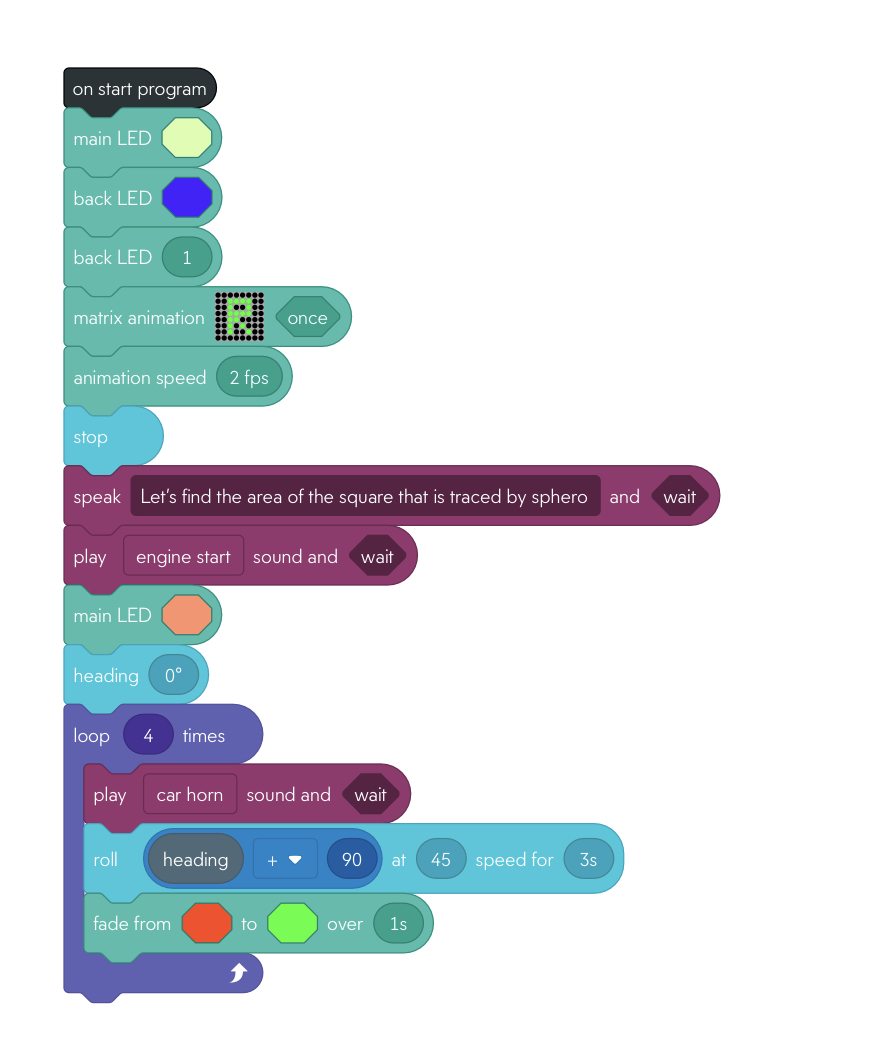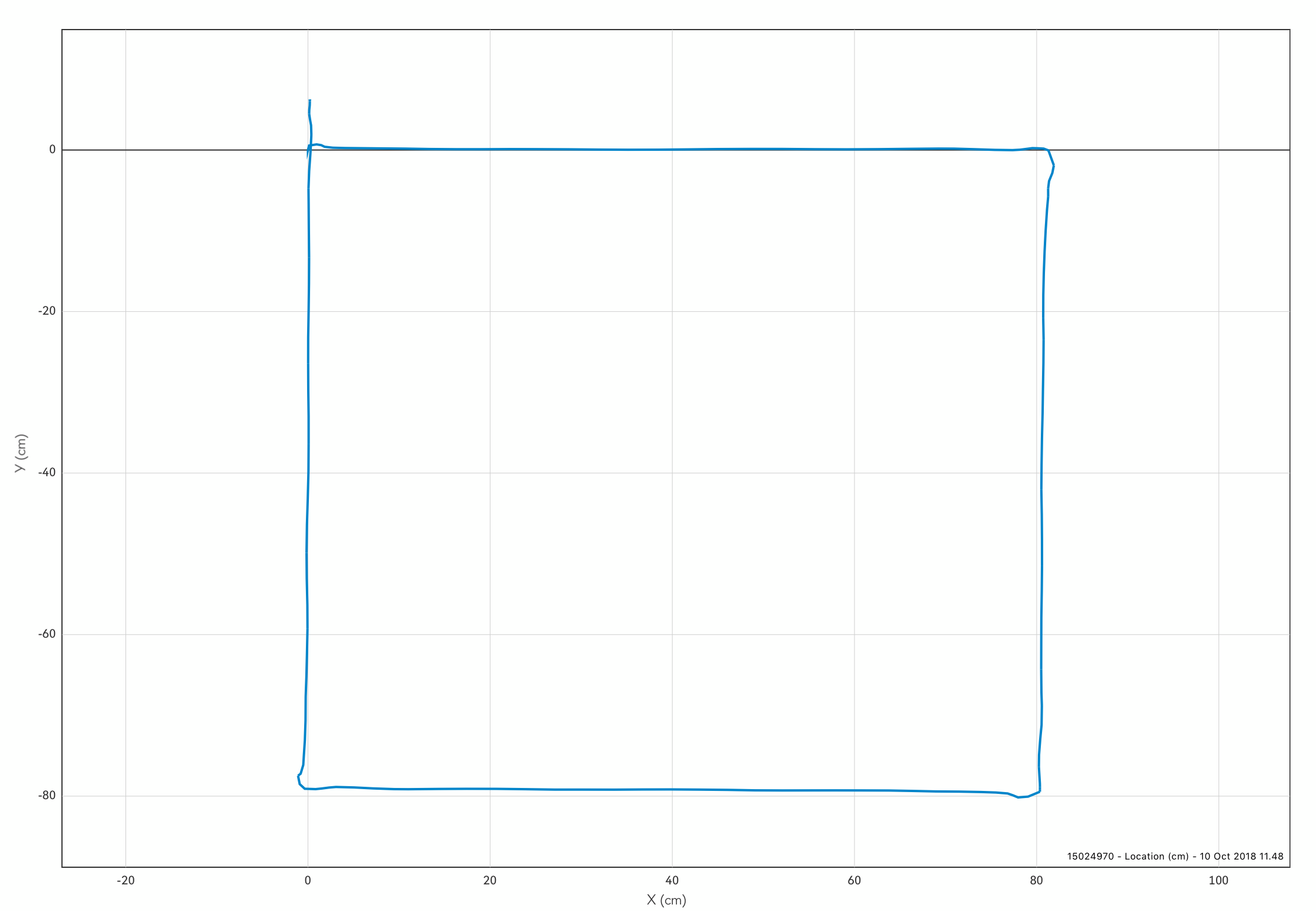Bimbel dan Sekolah. Apa bedanya? Bimbel membantu siswa belajar di luar jam sekolah. Sekolah memberikan kesempatan kepada siswa untuk belajar formal dan memberikan bukti otentik berupa laporan nilai dan lembar sertifikat sebagai tanda telah menyelesaikan suatu jenjang pendidikan formal.
Dapatkah Bimbel mengeluarkan ijasah resmi sebagai tanda kelulusan formal? Jika bisa, saya rasa sudah banyak sekolah-sekolah yang tutup buku 
Beberapa fakta yang terjadi di hadapan kita beragam. Ada guru sekolah yang mengarahkan siswanya untuk belajar pada Bimbel saja (tidak menutup faktor kebetulan bahwa guru tersebut memiliki peran di Bimbel yang diarahkan). Yang seperti ini, memunculkan anggapan umum yaitu si Guru sengaja tidak serius di sekolah karena ingin siswanya belajar tambahan / les di Bimbelnya. Guru tipe ini nampak kurang bijaksana. Model inilah yang menjadikan Sekolah kurang dihargai.
Ada guru tipe lain yang menyarankan saja agar siswa mengambil Bimbel di luar jam sekolah karena memang benar-benar dibutuhkan setelah berbagai usaha sudah dilakukan. Gurupun tidak mempunyai hubungan dengan Bimbel manapun. Ini mungkin lebih bijaksana. Ada beberapa faktor mengejar ketertinggalan yang harus dilakukan siswa, salah satunya belajar tambahan. Dengan jumlah mata pelajaran bervariasi antara 12 – 16, akan sangat sulit jika dilakukan hanya di sekolah, maka dibutuhkanlah Bimbel ini.
Orang tua maupun siswa pun juga terbagi dua tipe. Tipe yang merasa sudah membayar uang sekolah dan anaknya sudah menghabiskan waktu demikian lama di sekolah serta akademik bukan jalan satu-satunya yang disebut belajar, maka tidak perlu lagi namanya Bimbel. Cukup 8 – 10 jam belajar di Sekolah.
Sementara tipe sebaliknya adalah, mereka menyadari bahwa di sekolah saja waktu belajar tidak cukup (padahal sudah 8 jam tadi lho). Maka tetap dicari waktu untuk menambah jam belajar dengan ikut Bimbel / les mata pelajaran lagi. Biasanya mapel utama seperti matematika, ipa, kadang akuntansi, bahasa, bahkan ada yang full paket lengkap.
Tipe yang manakah anda? Bisa dijawab sendiri melalui perasaan dan keadaan anda yang terjadi sekarang
Sharing sedikit pengalaman pribadi tentang Bimbel. Saya pernah ikut Bimbel (yang tak bermerek seperti G***** atau Pri****** dan lainnya) selama 3 tahun di SMA. Bukan bodoh, bukan butuh, tetapi suka saja ikut belajar karena Om nya pintar mengajar yang susah jadi mudah. Bimbel ini hanya terkenal di kalangan siswa teman-teman SMA saya (dan sedikit dari SMA lain). Cukup menyebut nama Om B, semua kenal dan jadi jaminan mutu untuk jadi (lebih) pintar di pelajaran sekolah. Keren gak tuh. Belum lagi jiwa sosial Om yang luar biasa. Mungkin melihat cara beliau mengajar itulah yang membuat saya mencintai dunia mengajar siswa sekolah.
Sesuai arti kata “bimbingan” dari Bimbingan Belajar alias Bimbel tadi, maka sudah semestinya lembaga ini bertugas membimbing siswa untuk lebih memahami dan mengerti pelajaran yang didapat dari sekolah.
Namun kadang saya melihat begini, beberapa Bimbel mendahului sekolah, dalam arti, siswa di Bimbel bisa merasa ikutan jenuh dan lelah karena mendapat banyak tugas (PR) dari Bimbelnya untuk diselesaikan lagi di rumah. Lalu PR Bimbel minta bantuan lagi kemana? Bimbel kuadrat? Nah kan bingung.
Seyogyanya, ikut Bimbel, dapat membantu siswa mengatasi masalah cara belajarnya atau kesulitan mencerna topik tertentu. Bukan dijejali lagi oleh berbagai soal yang hanya bersifat “untuk diselesaikan”. Prinsipnya hanya dijejali lalu tumpah keluar lagi semua, atau dijejali untuk paling tidak ada yang masuk tercerna. Anda ingin yang mana? Saya sih tidak dua-duanya mengingat yang pertama, benar-benar untuk apa? Tidak ada gunanya kalau hanya dimuntahkan lagi. Sementara yang kedua, terkesan kuat-kuatan saja dengan anak, yang kuat sekali makanya ada yang tercerna, yang tidak kuat akan makin stress dan frustasi.
Ada seorang anak (yang masuk kategori bernilai akademik baik) pernah mengeluarkan uneg-uneg seperti ini kepada saya. Demi untuk bertanya hal-hal yang kurang dimengerti dan membantunya dalam belajar agar supaya tidak ketinggalan di sekolah, maka bergabunglah anak ini dengan sebuah Bimbel yang berlokasi tidak jauh dari sekolahnya. Dan tentu saja kebanyakan siswa adalah siswa dari sekolah yang sama. Setelah tiga kali pertemuan, anak ini merasa gagal dan tidak mampu melanjutkan. Mengapa? Ternyata alasannya adalah, saat belajar di Bimbel tersebut, sang Guru mengajarkan dengan sangat cepat, memberikan soal-soal yang banyak sekali, tanpa memberikan kesempatan anak ini bertanya yang kurang dipahami. Jadi anak ini merasa tidak ada manfaatnya, untuk apa adu cepat dan banyak tapi belum terlalu mengerti. Cukup di sekolah saja begitu, jangan di Bimbel, pikirnya. Dan dia memilih mundur.
Bimbel seperti contoh di atas, masuk ke dalam kategori Bimbel yang (tak tertulis) hanya ingin menerima anak siap pakai atau sudah jadi, maksudnya anak tersebut memang sudah pintar secara akademik, tidak membutuhkan pertolongan apapun sebenarnya, tapi anak-anak ini saja yang berinisiatif sendiri ingin mendapatkan yang lebih banyak dari sekolah.
Jadi di sini, peran Bimbel pun sudah mirip seperti sekolah yang mengejar prestasi berdasarkan ranking sekolah. Suatu ketika saya pernah mendengar saat pertemuan sekolah, pernyataan turunnya peringkat sekolah karena hasil UN menurun. Kesan yang saya tangkap adalah jadi seperti salah siswa yang kurang gigih belajar. Ini kan jadi salah kaprah ya? Nah bagaimana jadinya kalau hal itu terjadi juga di Bimbel yang seyogyanya untuk mendukung anak dari hal yang kurang didapat di sekolah, malah memberikan kesan ada peringkat Bimbel per kecamatan / kotamadya misalnya. Kan jadi repot
Bagi para orangtua, bantulah anaknya menemukan Bimbel yang tepat, mencari yang benar-benar berfungsi untuk membimbing bukan sekedar menjejal. Sebagai contoh, orang tua tahu cara menyikapi bagaimana jika Bimbel memberikan “worksheet” khusus dengan label sekolah A, sekolah B, sekolah C, dan seterusnya, mungkin bisa dipertimbangkan kira-kira begini “Bimbel ini bermaksud membimbing atau lebih kepada promo eksklusif bahwa mereka menguasai bahan pelajaran dari sekolah-sekolah tersebut?” Apakah anak kita ikut sebagai komoditas mereka memasarkan produk jasa bimbelnya? Atau Bimbel yang seperti contoh paragraph di atas, siswanya cenderung sudah pintar, apakah anak kita dengan kemampuan saat ini, cocok di sana atau malah bikin anak kita tambah stress?
Jaman sekarang juga bertaburan jenis Bimbel online. Baguskah fenomena ini? Yah, itu relatif, kembali lagi bergantung pada kebutuhan dan cara belajar siswa. Online terjadi kan juga karena ada permintaan, maka ada penawarannya. Seiring berkembangnya penggunaan teknologi dalam pendidikan maka sudah tentu berkembang pula cara belajar siswa dengan mengganakan teknologi sebagai substitusi nya. Dan jika gaya belajar demikian cocok dengan siswa tertentu, maka Bimbel seperti ini tentulah yang dicari, di samping alasan lebih murah dan hemat waktu serta dapat diakses di mana-mana.
Jadi kembali kepada intinya Bimbel sebagai wadah membantu atau membimbing anak-anak dalam belajar. Anak sudah menyediakan waktu tambahan di luar jam sekolah untuk mengejar pelajarannya yang ketinggalan. Baiknya ya bukan ditambah beban lagi dengan pekerjaan soal dari Bimbel. Pilihlah yang benar-benar membantu anak atau membuat anak merasa terbantu, membuat anak menikmati suasana belajar tambahannya dengan nyaman dan gembira. Sehabis itu, tentu saja kita berharap prestasi di sekolah hendaknya meningkat, baik akademik maupun non akademik.




